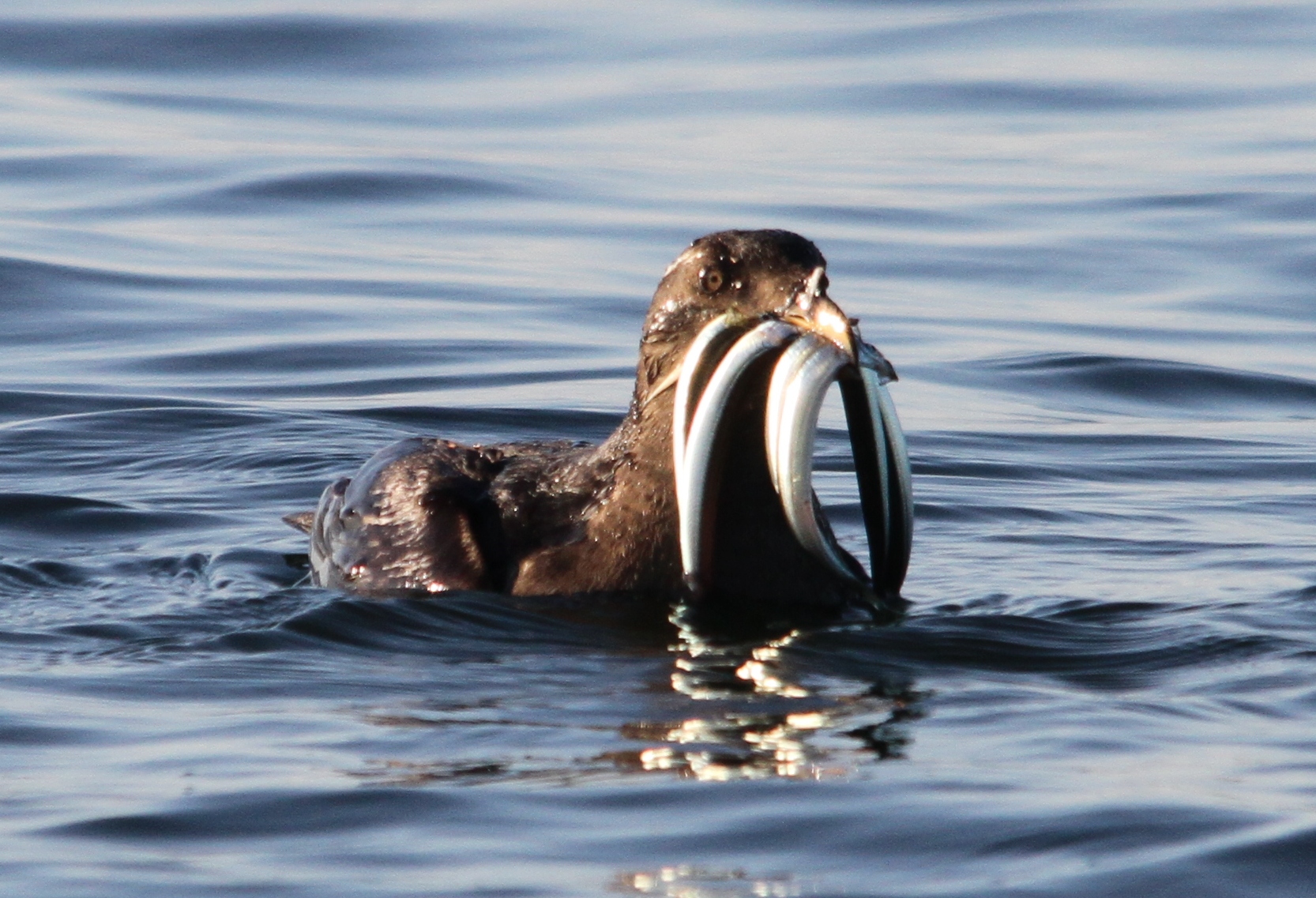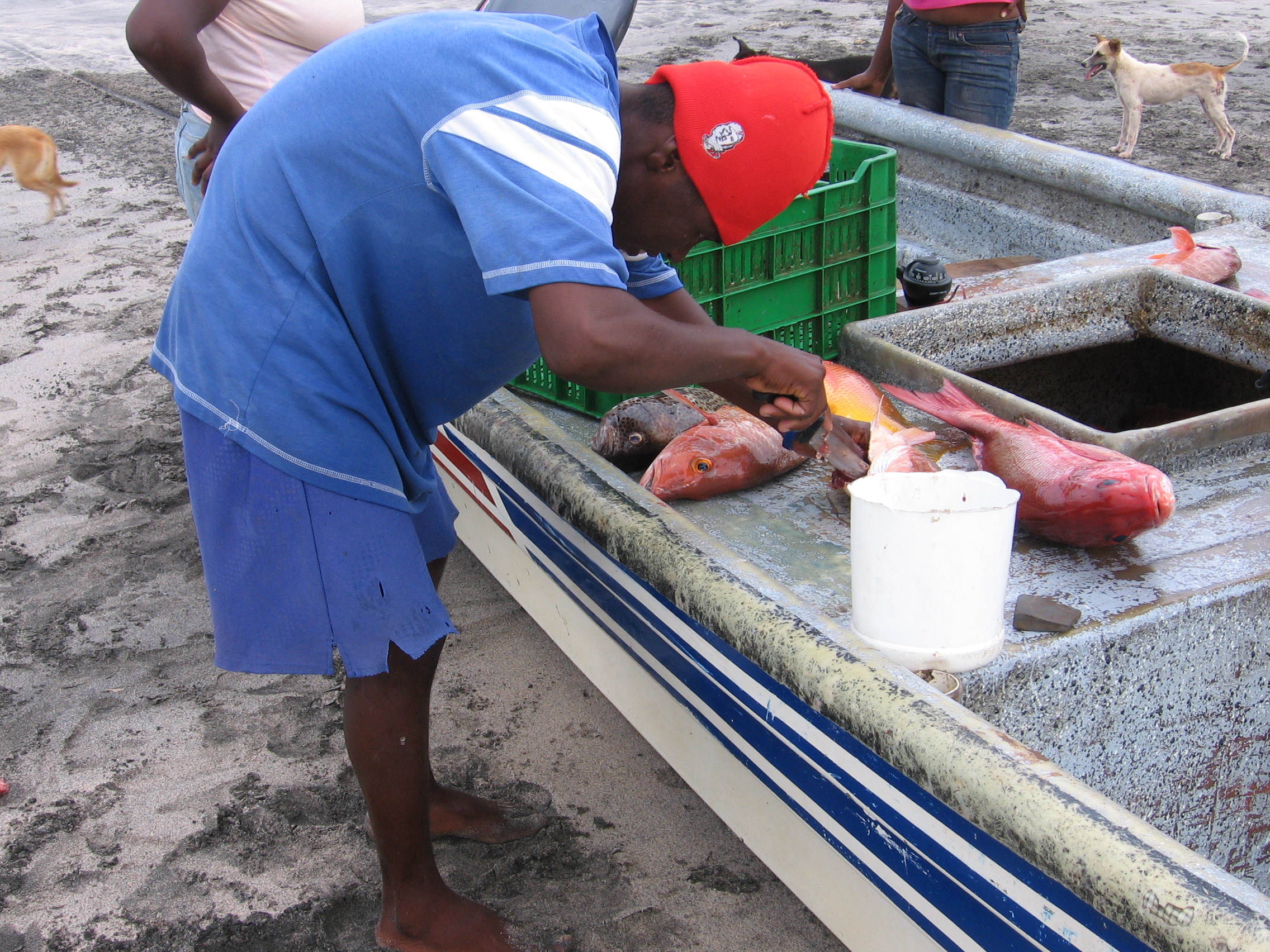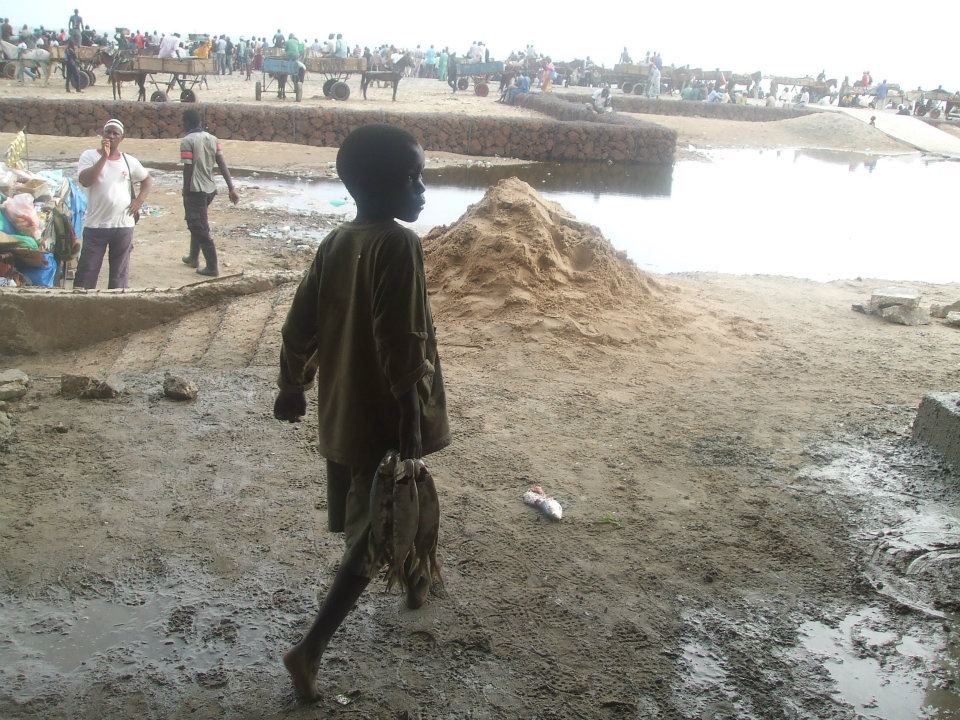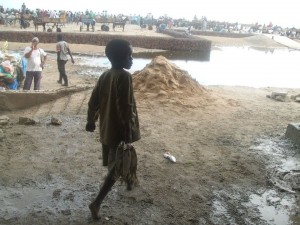New Sea Around Us research has found drastic decline in the monitored portion of the global seabird population.
The paper, published in PLoS ONE, reports that the monitored portion of the global seabird population decreased overall by 69.7 per cent between 1950 and 2010.
According to Michelle Paleczny, a lead author of the paper, and recent graduate of the zoology program at UBC, these findings likely reflect a global trend because of the large and representative sample. A decline this drastic can cause changes in island and marine ecosystems in which seabirds play a variety of vital roles.
“Decline in seabird abundance stands to disrupt natural processes in island and marine ecosystems in which seabirds play an important role — by acting as predators, scavengers, cross-ecosystem nutrient subsidizers, and ecosystem engineers,” Paleczny says.
In order to investigate global patterns of seabird population data, the researchers assembled a global database of seabird population size records and applied multivariate autoregressive state-space (MARSS) modeling to estimate the global path of all seabird populations with sufficient data. They obtained data from primary sources including journal articles, books, and unpublished reports.
Several human activities are known to threaten seabird populations, including entanglement in fishing gear, overfishing of food sources, climate change, pollution, disturbance, direct exploitation, development, energy production, and introduced species. Seabird populations are strongly affected by threats to marine and coastal ecosystems, and can indicate the status of marine ecosystem health.
“Knowing this information helps us to measure and assess the overall effect that human activities and threats have had on seabirds and marine ecosystems over time,” Paleczny explains.
You can read the full report here






